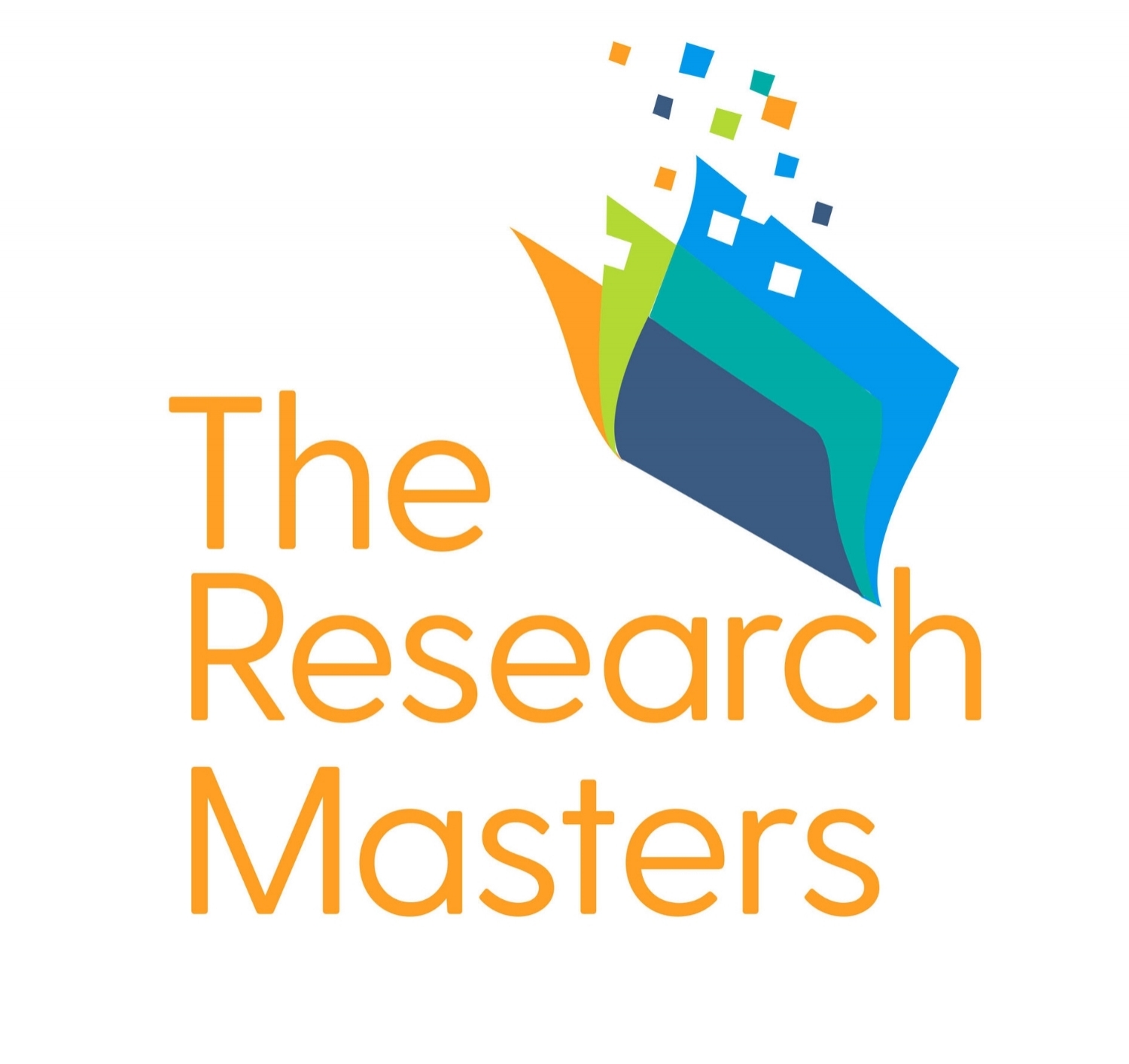Differentiated Instruction
By Kevin Allard, M.Ed.
One of the most frequent questions that parents and colleagues ask me is how teachers address the range of needs in a classroom of students, each of whom have unique needs, learning styles, and prior knowledge. While there are several answers that I could give, the one that I feel is most important to a students’ success is Differentiated Instruction.
In its simplest form Differentiated Instruction provides learning options and an appropriate level of challenge for each student in the classroom.
Differentiated Instruction begins in the planning process. Multiple frameworks can be utilized to guide the planning of differentiated instruction. For example, Understanding by Design is a framework for improving student achievement. With Understanding by Design (UBD) teachers begin their planning by identifying the desired outcome for each curriculum unit. In other words, what is the big idea that students should know and understand as a result of teaching this unit? Defining instructional outcomes at the beginning of the planning process makes it easier to take the next step of incorporating multiple learning options for a classroom of diverse learners.
That next step might include using Universal Design for Learning. The goal of Universal Design for Learning (UDL) is to provide “equal access to learning, not simply equal access to information.” UDL encourages teachers to think about the tools that promote access for a range of learners and a flexible presentation of the curriculum that can meet the needs of individual students. Once again, planning plays a key role in effectively using UDL. Teachers must know their students’ abilities, special needs, and learning styles.
It’s especially important to know how each student learns best. Howard Gardner’s work on multiple intelligences provides a good starting point to examine the diverse learning styles of students. Teachers can engage students in this process by having them take a multiple intelligence inventory and review the results with them. Not only does this help them get to know themselves better, but as teachers conduct a lesson they can say “this strategy is for my visual-spatial learners,” or “here’s one for our kinesthetic learners.” You would be amazed how quickly students learn to recognize strategies that work best for them.
All teachers face a diverse range of learners each and every day. But with the right planning for differentiated instruction, they can ensure that each and every student’s needs are met, and that all students are achieving.

